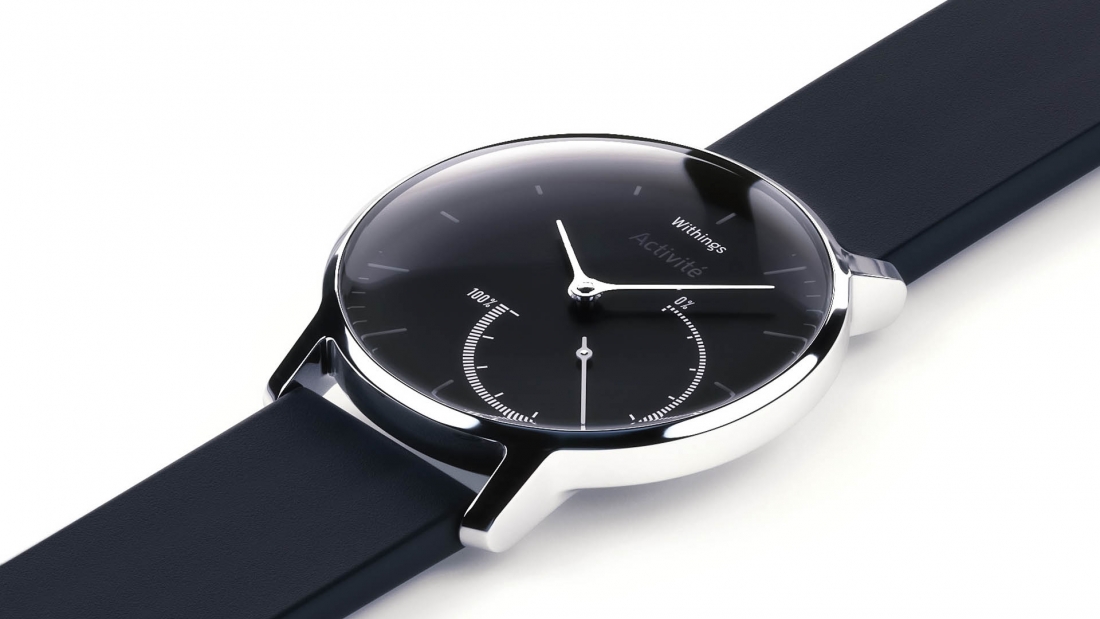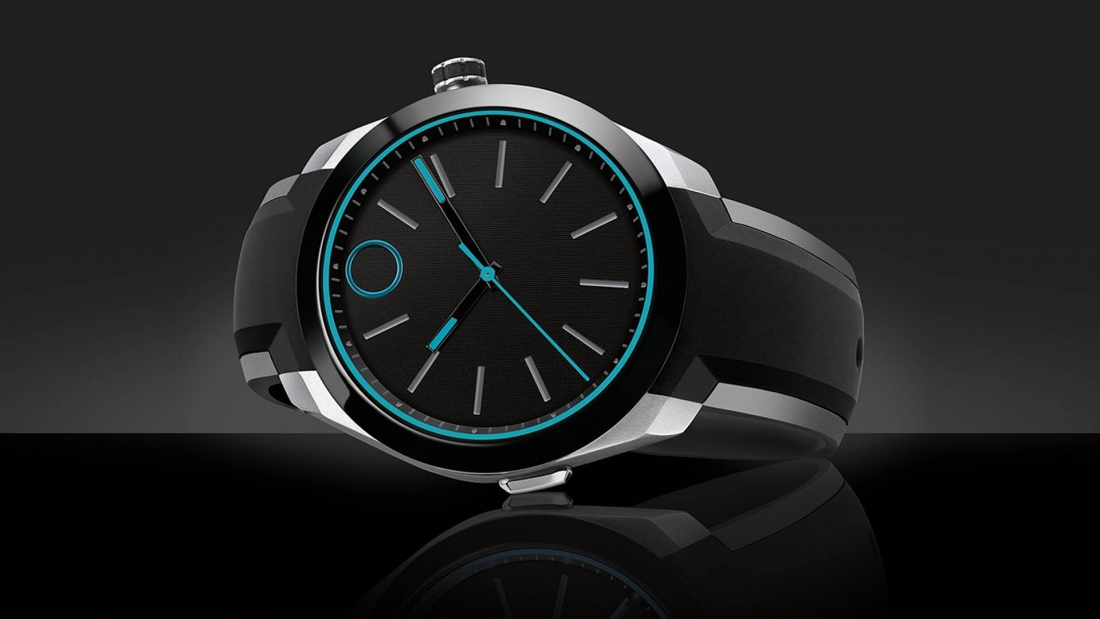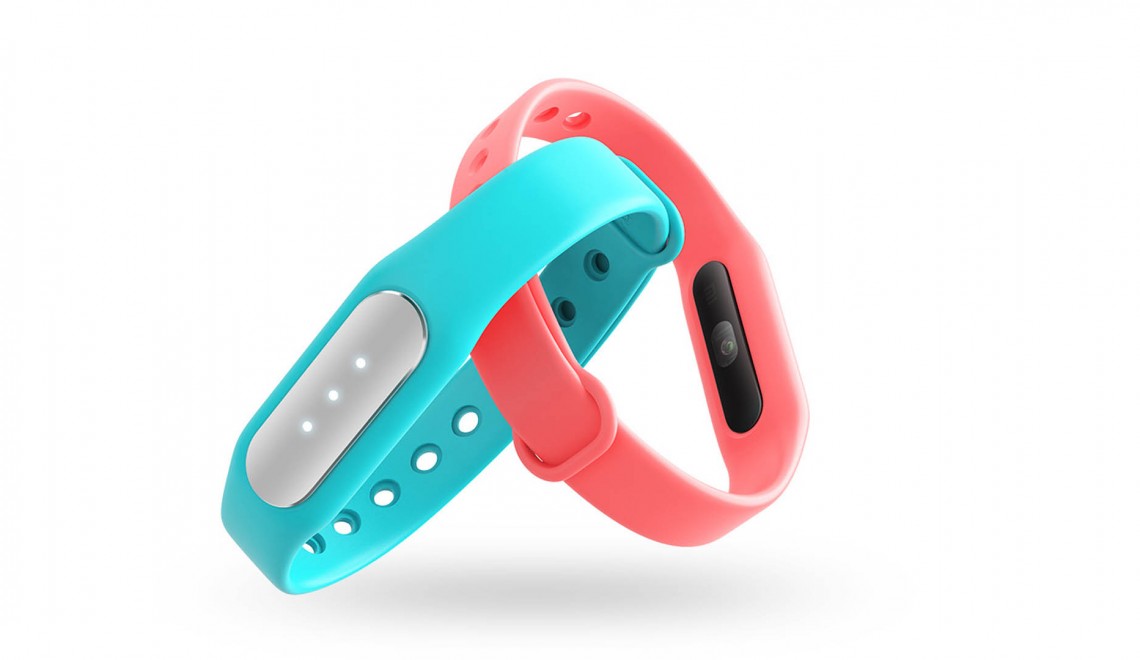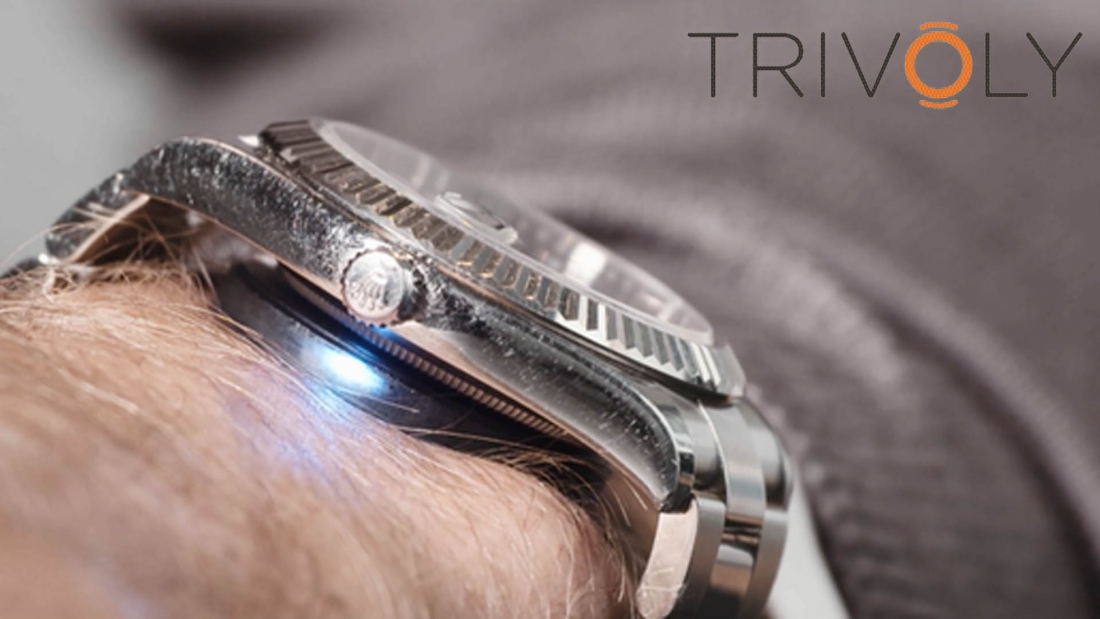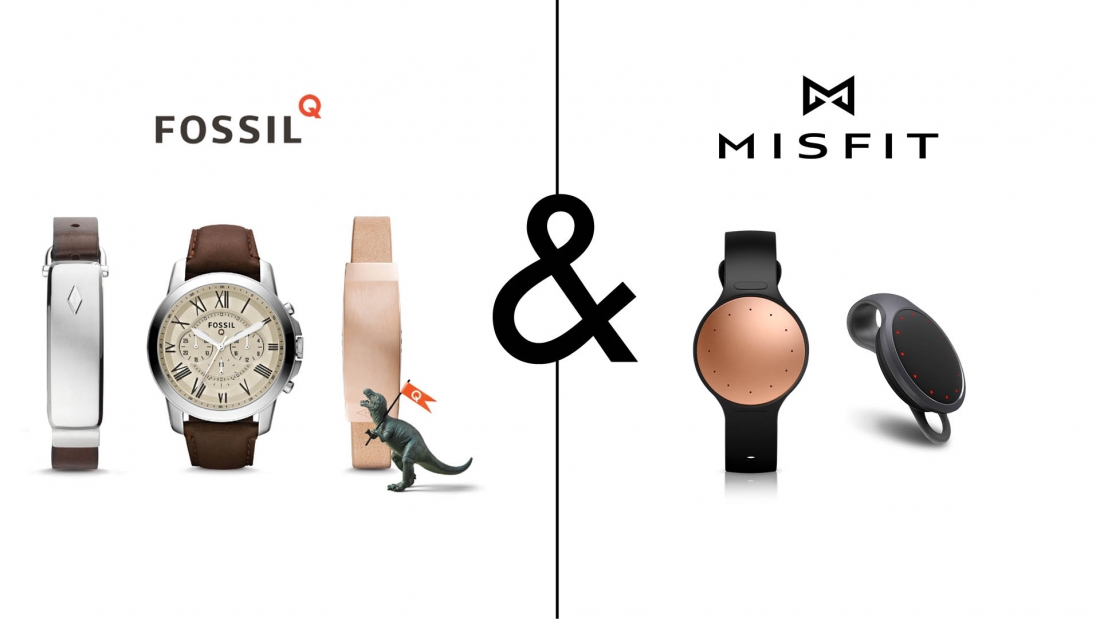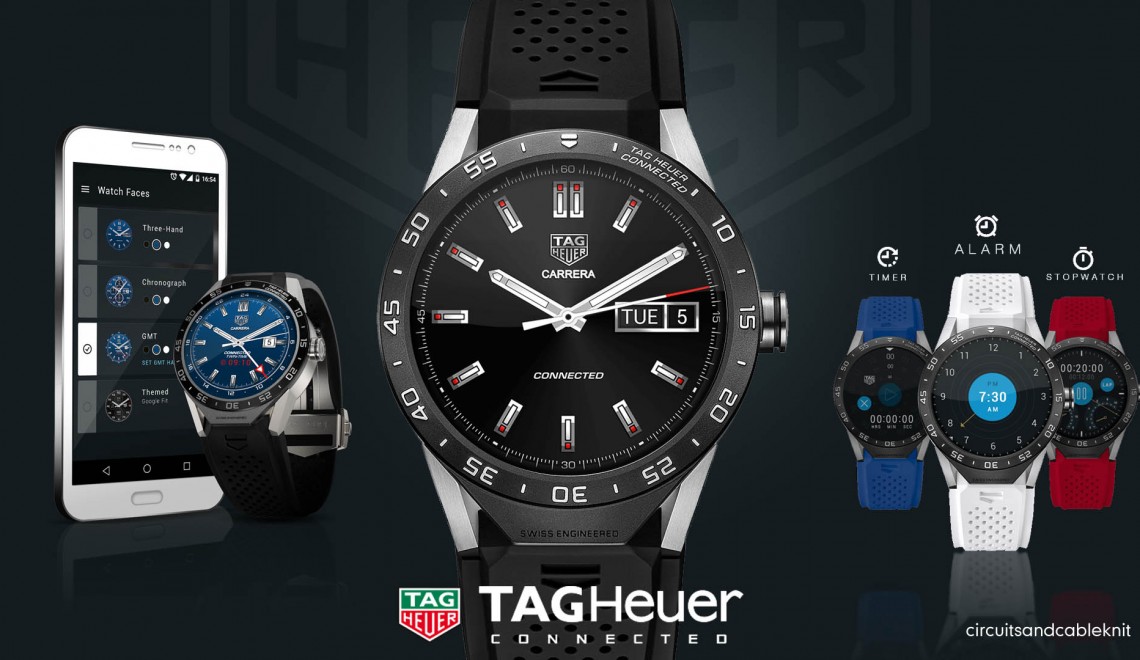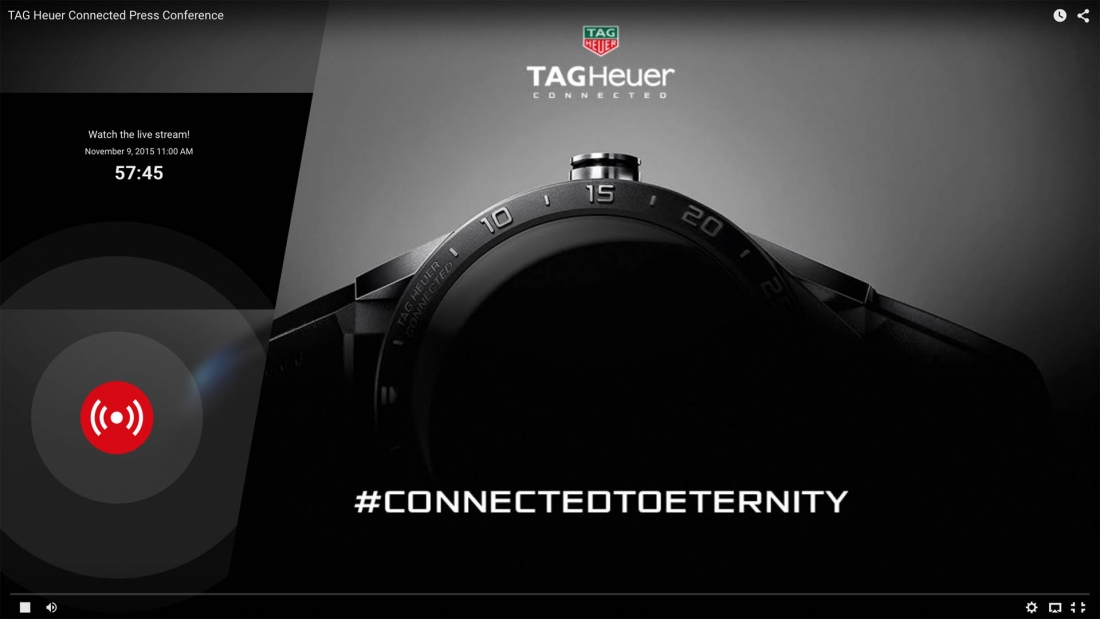Withings Adds Activité Steel Watch To Fitness Tracker Lineup
Last year, connected device maker Withings was one of the first companies to introduce a traditional looking watch with integrated activity tracking. The Swiss-made Activité (now called Activité Saphir) tracked movement, sleep patterns, and could even sense if you were swimming. A small inset dial would display your progress towards your movement goals and you could access deeper data through your smartphone. Unfortunately the price of the original Activité was as stunning as its looks – $450. Realizing that not everyone was looking to spend that type of money on a fitness tracking watch, Withings explored using different material to create a more accessible wearable device.
Earlier this year the company introduced the more budget friendly Activité Pop. The brightly colored, PVD coated device was at feature parity with its more expensive sibling but was constructed of cheaper materials and wasn’t billed as being “Swiss made.” Since brightly colors watches aren’t for everyone though, Withings has now added the stainless Activité Steel to their watch lineup.
The new device is identical to the (somewhat) budget friendly Activité Pop, except Withings has traded out the bright colors for polished metal an an understated black watch face. The $170 Activité Steel features a 8 month battery life, a face constructed from mineral glass, and a TPSiV Thermoplastic Elastomer (silicon) band. It is compatible with iOS and Android and starts shipping this week.
Continue reading
